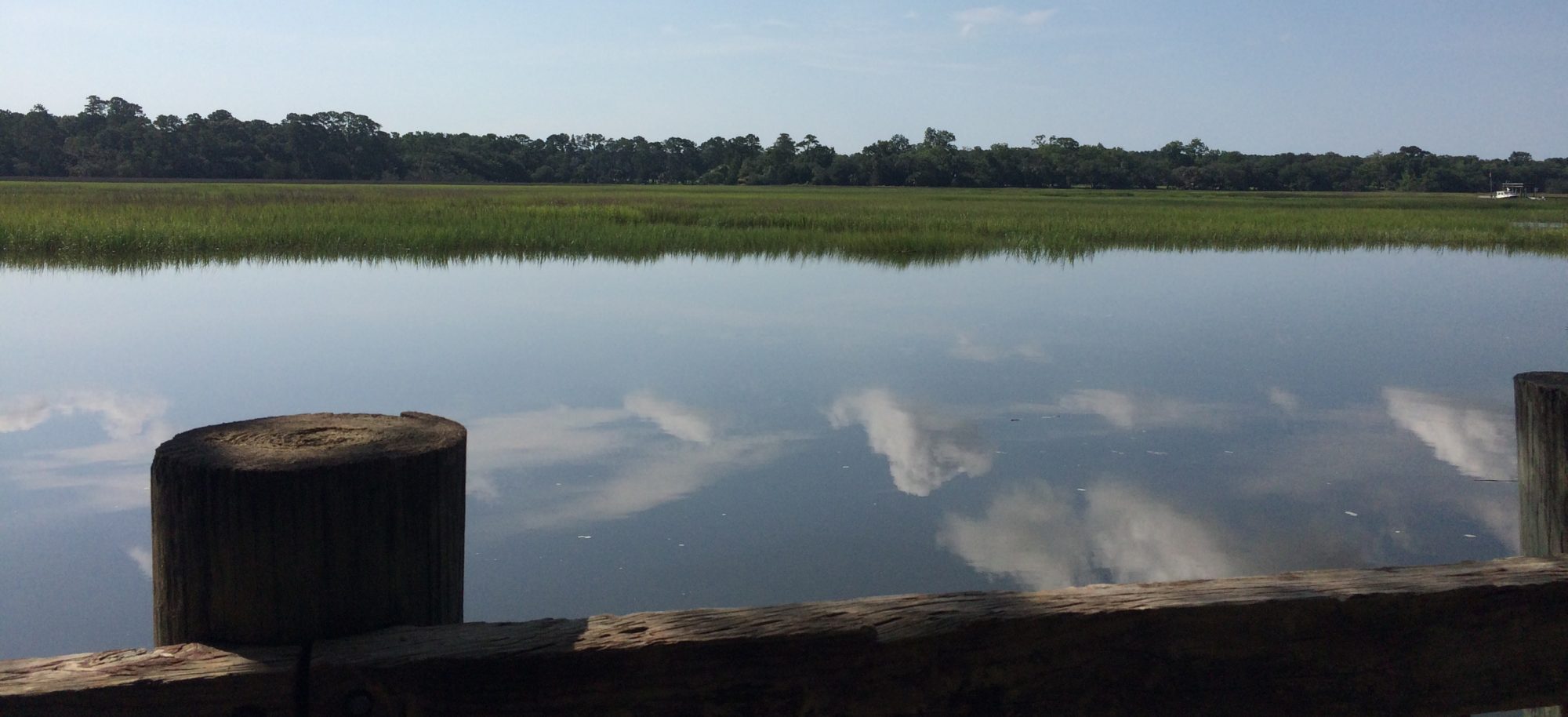The entrance at Abbesses in a little Montmartre park is sheltered by one of the last verdigris iron-and-glass structures built after the Paris Metro system opened in 1900. Occasional saxophone notes well upward on humid air as Carolyn and I descend a counterclockwise stairway lined with paintings on walls and ceiling, each artist having claimed a length of tunnel and free rein. Suddenly we are on the platform, looking across a concrete moat of blackened crushed stone and silvery tracks into the noncommittal faces of people awaiting the opposite train.
Our train comes and we take seats near the middle door. Across the car a dark-haired woman, early forties maybe, in a rust skirt and black sweater, weeps quietly. Two small black and brown dogs nuzzle her hands. She dabs at her face with a scalloped white handkerchief.
A graying man slides into a seat at the next stop carrying a transparent plastic bag filled with huge bunches of radishes, the long ones with rosy tops and white tips called in the United States “French Breakfast.” Droplets of water inside the bag reflect overhead lights in the Metro car. I can nearly taste the radishes through the plastic.
He seems a comfortable sort, loose black jacket left from some dress suit, a gray sweater, green pants, sturdy shoes, nothing really matching. Three stops later he is off, at Notre Dame-de-Lorette, by the neighborhood church.
We reach Musee D’Orsay and the Impressionists, and later Musee Marmottan, a smaller exhibition focused on Monet’s paintings of his home and garden in Giverny. A hundred years after their time, he and his friends bring their immediacy of vision to a society undergoing fundamental change, this time ours during the Information Age, theirs the Industrial Revolution. Perhaps if we saw things as they did, we could see fresh ideas in places to which we have grown accustomed.
On Line 12 back to Montmartre, facing us, a young man hunches forward, looking out the window, serious. His short black hair is freshly groomed with shiny wax, little clusters of hair sticking together in an array across his forehead. A friend getting on pulls a movie advertisement from his backpack. They point to action scenes, rocking and grinning. The first youth’s movements are less spontaneous; his face never really opens up, even to his friend. They leave together.
We exit the Metro at Abbesses, looking over our shoulders at a rumbling idea made of shapes and smells, colors and movement, actions and lives, whooshing through a steel and concrete net. Not far, come to think of it, from how the Impressionists saw their world.
